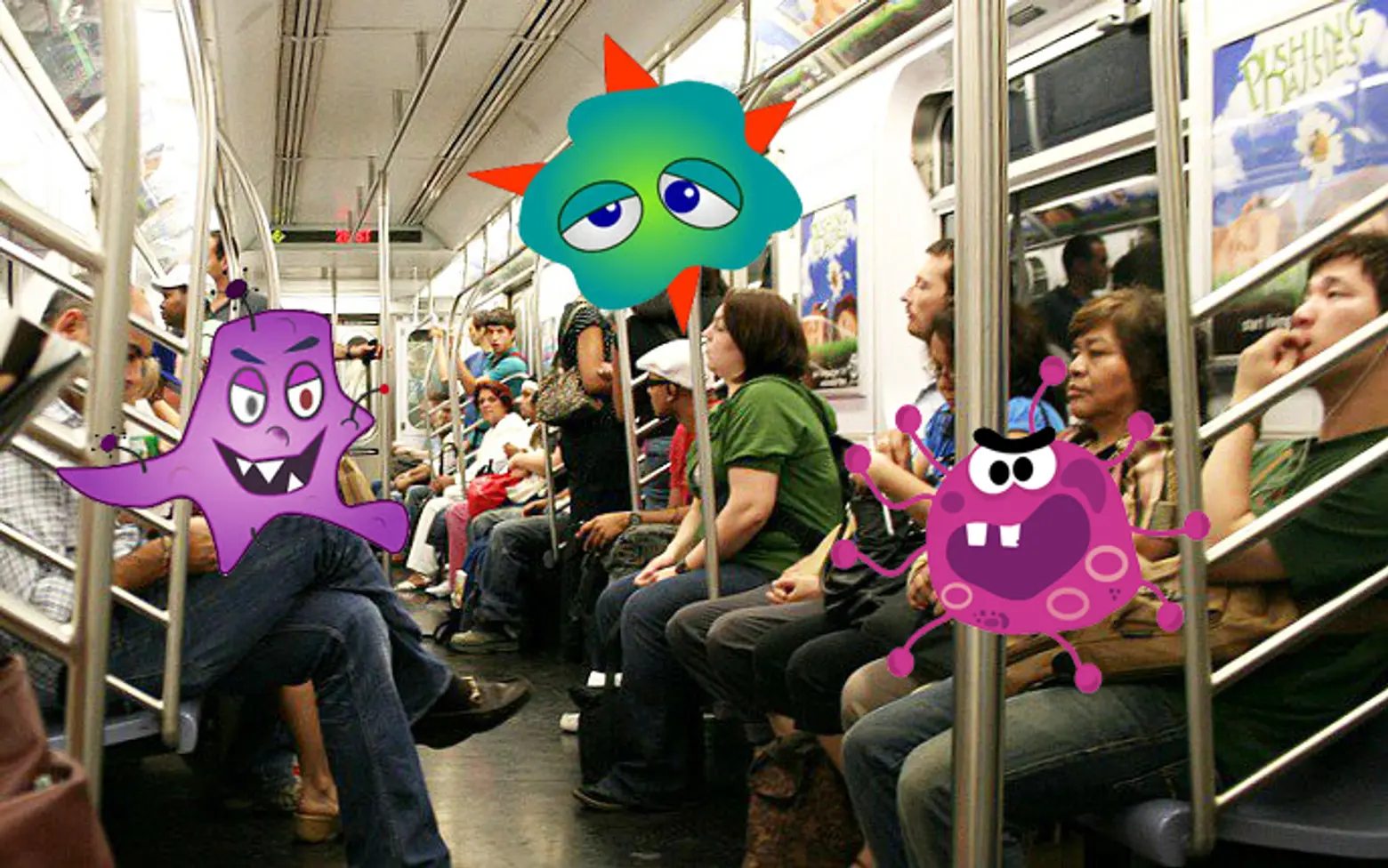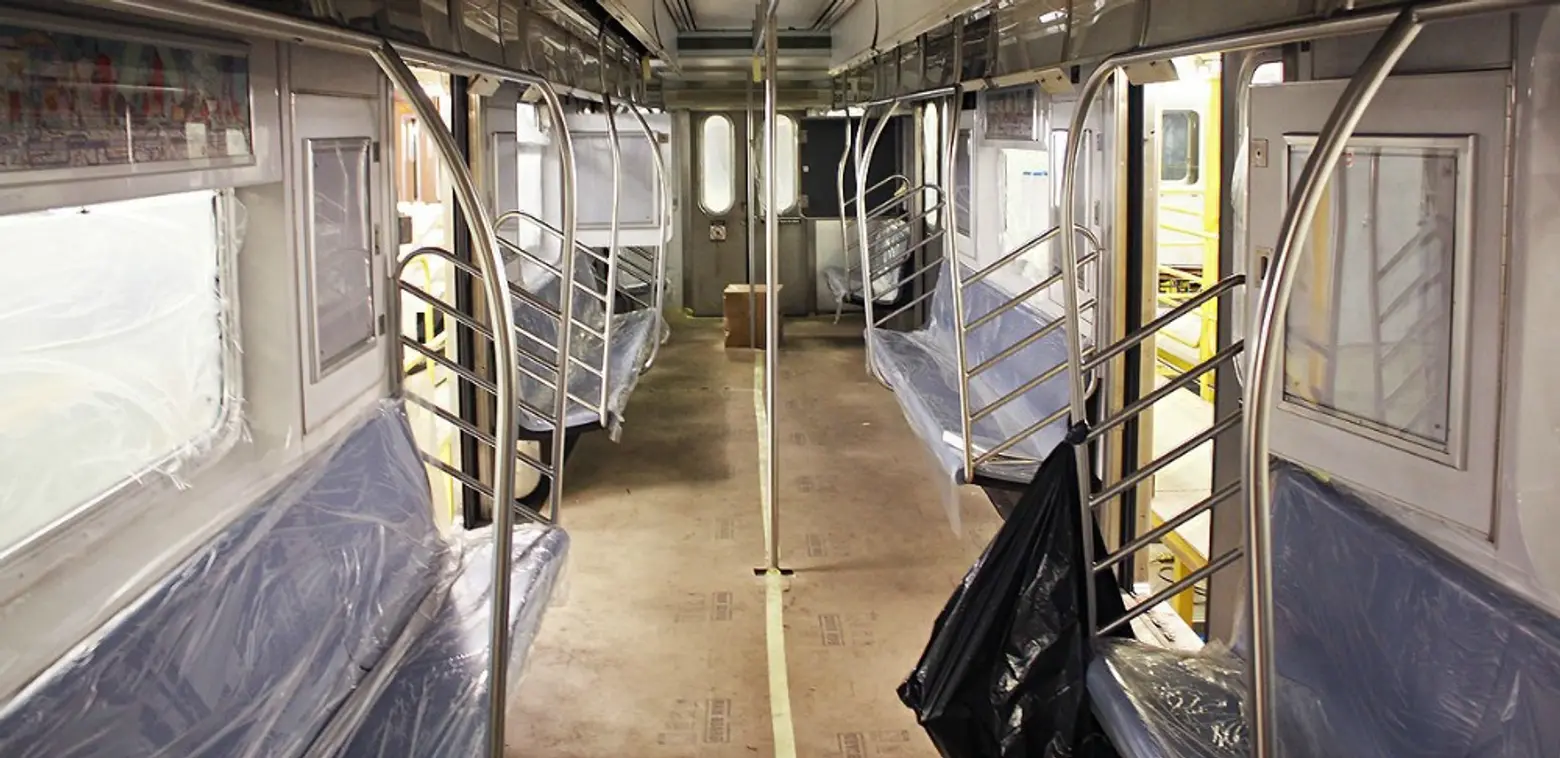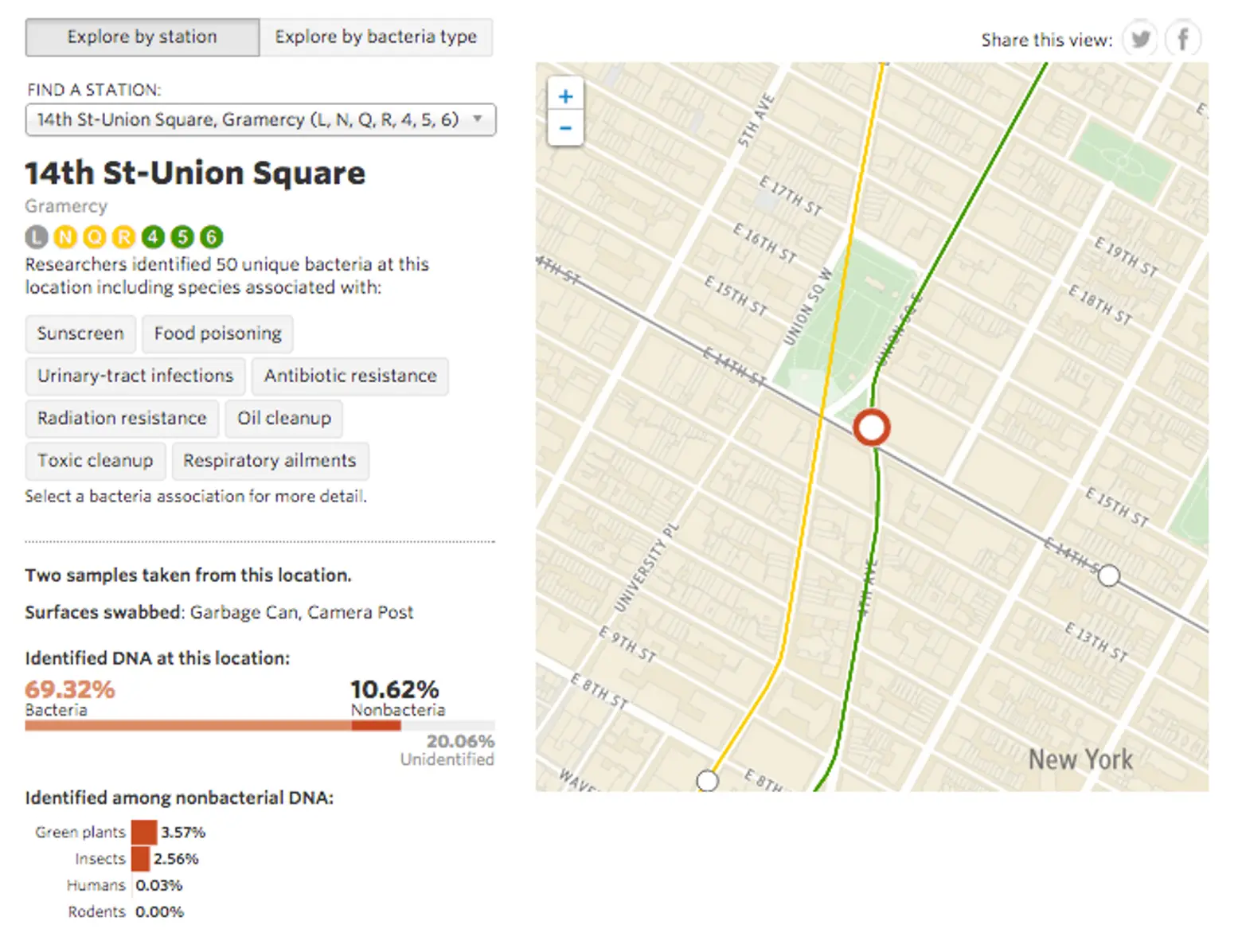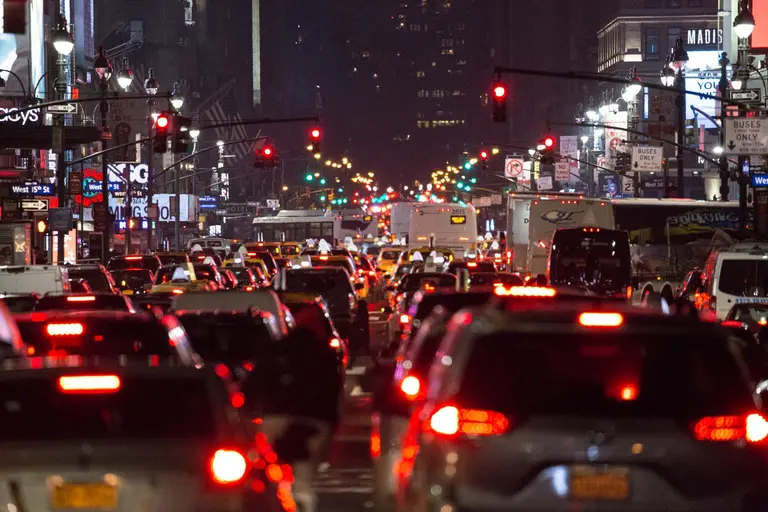The NYC Subway Is Filled with Bacteria and DNA from Unidentifiable Organisms

If you’re a hand sanitizer-wielding New Yorker who often finds yourself ridiculed by friends for your hypochondriac germaphobe ways, good news, because you’ve got the last laugh—sort of. A team of researchers from Weill Cornell Medical College spent the past 17 months mapping the DNA found in the New York City subway system, and what they uncovered will certainly make your skin crawl. Not only were some bacteria samples associated with bubonic plague and anthrax, but they also found that nearly half of the DNA found on subway infrastructure—we’re talking turnstiles and ticket kiosks amongst other things—did not match any known organism.

The Cornell study, aptly called “PathoMap,” reveals that the subway is filled with hundreds of species of bacteria and a slew of unidentifiable organisms. Of the DNA they swabbed from the subway’s seats, floors, poles and other surfaces, just 0.2 percent were found to be human.
While this may make your face scrunch in disgust, you can also think of it this way: your immune system is pretty robust to withstand such conditions. As Dr. Christopher E. Mason, a geneticist at Weill Cornell Medical College, tells the The New York Times, “…think of it the same way you’d look at a rain forest, and be almost in awe and wonder, effectively, that there are all these species present–and that you’ve been healthy all along.”
However, that’s not to say some hair-raising microbes aren’t riding the 6 train. 27 percent of the samples collected showed live, antibiotic-resistant bacteria. Researchers also found three samples associated with bubonic plague and two with DNA fragments of anthrax—though the researchers note there was no indication they were alive and the finding is, in fact, in line with recent documented cases of anthrax in livestock in New York State and the East Coast broadly.
Of the five boroughs, the Bronx proved to be the most diverse in terms of microbial species, followed by Brooklyn, Manhattan, Queens, and, lastly, Staten Island. Another interesting (or maybe obvious) bit to emerge was that the DNA found in some subway stations matched the demographic profile of its respective neighborhood—e.g. Asian for Chinatown, and European for areas such as Prospect Park.
Needless to say, the MTA is not happy with the less-than-favorable findings.
[Via The New York Times]
[BONUS: The Wall Street Journal has an interactive map for you to check out what lurks near where you live, work and beyond]





























